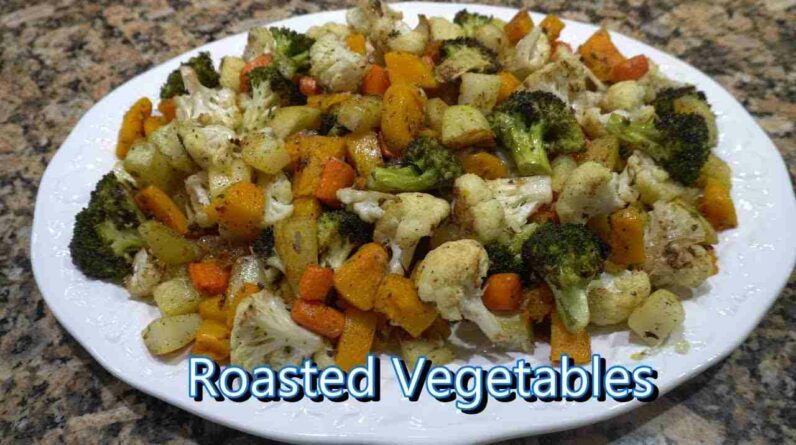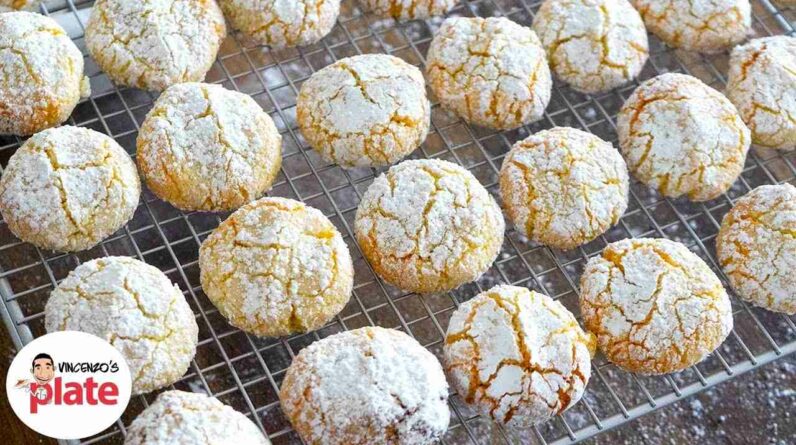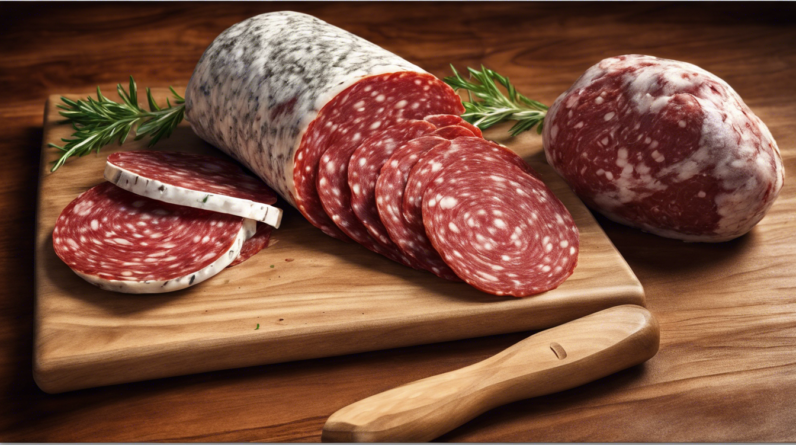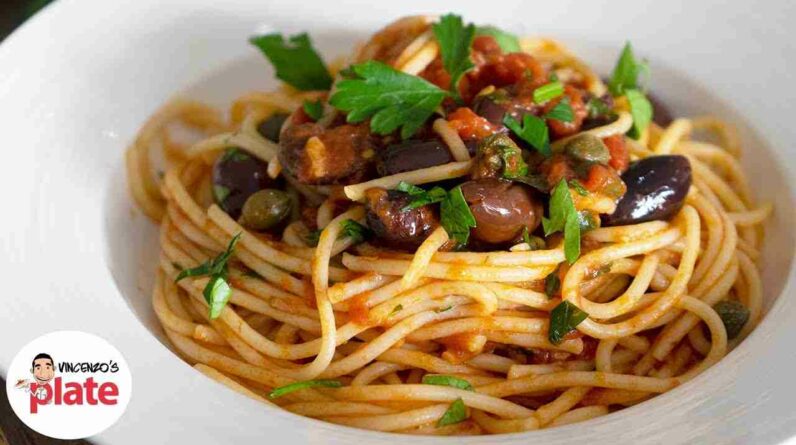Understanding the difference between Chianti and Barolo
When it comes to Italian wines, two of the most popular options are Chianti and Barolo. Both hailing from the beautiful country of Italy, these wines have distinct characteristics and flavors that set them apart from each other. Understanding the difference between Chianti and Barolo can help you make an informed decision when choosing a wine to pair with your meal or enjoy on its own.
In this article, we will delve into the world of Italian wines and explore the unique qualities of Chianti and Barolo. We will discuss the regions where these wines are produced, the grape varieties used, the flavors and aromas they impart, and much more.
Chianti:
The region of Chianti is located in Tuscany, Italy, and is known for producing vibrant and food-friendly wines. Chianti is made primarily from the Sangiovese grape, which gives the wine its characteristic tart cherry flavor and high acidity. Some Chianti wines also include other grape varieties such as Canaiolo, Colorino, and Merlot.
One of the key features of Chianti wines is their versatility when it comes to food pairings. Thanks to their high acidity and medium body, Chianti wines can complement a wide range of dishes, from hearty pasta dishes to grilled meats. Chianti Classico is a subregion within Chianti that is known for producing higher-quality wines with more complexity and depth.
Barolo:
Barolo, on the other hand, comes from the Piedmont region in northwest Italy. This wine is made from the Nebbiolo grape, which is known for its bold tannins, high acidity, and complex flavors. Barolo is often referred to as the “king of wines,” thanks to its rich and full-bodied character.
Barolo wines are aged for a minimum of three years, with at least two years spent in oak barrels. This extended aging process gives Barolo its distinctive flavors of dried roses, red fruits, truffles, and spices. Barolo is a wine that is best enjoyed with hearty, rich dishes such as braised meats, aged cheeses, and truffle dishes.
Differences between Chianti and Barolo:
-
Grape Varieties: Chianti is primarily made from the Sangiovese grape, while Barolo is made from the Nebbiolo grape.
-
Region: Chianti comes from Tuscany, while Barolo comes from Piedmont.
-
Flavors and Aromas: Chianti wines are known for their tart cherry flavor and high acidity, while Barolo wines have flavors of dried roses, red fruits, truffles, and spices.
-
Aging: Barolo wines are aged for a minimum of three years, while Chianti wines have shorter aging requirements.
- Food Pairings: Chianti wines are versatile and can be paired with a wide range of dishes, while Barolo wines are best enjoyed with rich, hearty meals.
FAQs:
- Can I drink Chianti and Barolo without food?
Yes, both Chianti and Barolo wines can be enjoyed on their own, but they also pair well with food.
- Are Chianti and Barolo expensive wines?
Chianti wines are generally more affordable than Barolo wines, which can be quite expensive due to their aging requirements and high-quality reputation.
- How should I serve Chianti and Barolo wines?
Chianti wines are best served at cool room temperature, while Barolo wines should be served slightly warmer to allow their complex flavors to shine.
- Can I age Chianti and Barolo wines?
Barolo wines are known for their aging potential and can improve with age. Chianti wines can also benefit from aging, especially higher-quality Chianti Classico wines.
In conclusion, Chianti and Barolo are two iconic Italian wines that offer unique flavors, aromas, and characteristics. Whether you prefer the vibrant acidity of Chianti or the bold tannins of Barolo, both wines are excellent choices for anyone looking to explore the world of Italian wines. By understanding the differences between Chianti and Barolo, you can make an informed decision when choosing a wine to complement your next meal or special occasion. Cheers!
italian wines types








